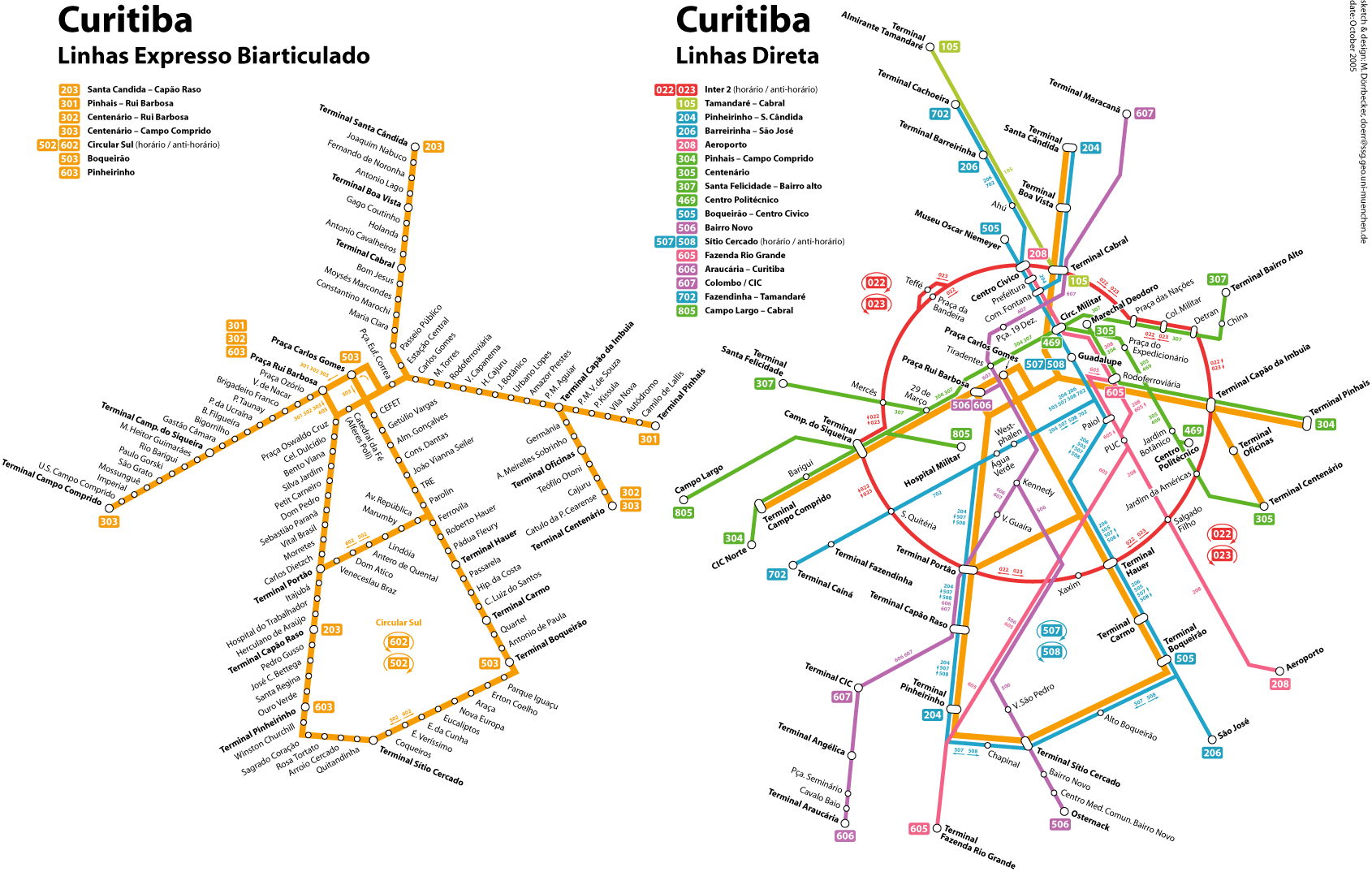
Curitiba is in Brazil and is recognized as one of the most sustainable cities in the world. It is in east Brazil and has a population of 1.8 million.
Started in 1970 when a team led by Jaime Lerner devised a plan to incorporate ecology, efficient transport, user friendly open spaces along with other goals.
Key aspects of Curitiba include:
- Very efficient bus system where lanes are designated for buses to make journeys quicker and there is a 5 pronged star shape road network to increase efficiency. The bus is cheap (single priced ticket system) and makes travelling quick and easy. 75% of commuters take the buses and this results in 25% less congestion and 30% reduction in fuel consumption.
- Encourage recycling and have a green swap system, this encourages people to walk to a local recycling point where they can swap their waste for bus tickets, food etc. 2/3 of the city's waste is now recycled. The program is voluntary but 70% of households participate.
- There is a lot of open space (28 parks) and pedestrianization which increases the stand of living and also the environment. 52 square metres of green space per person. Builders are encouraged to crate green areas with their buildings by being given tax breaks.
- Encourages non-polluting and hi-tech industries has been successful in achieving growth, avg growth rate of 7.1% (national average of 4.2%). There is high wealth in Curitiba with 66% higher per capita incomes than the Brazil average.








